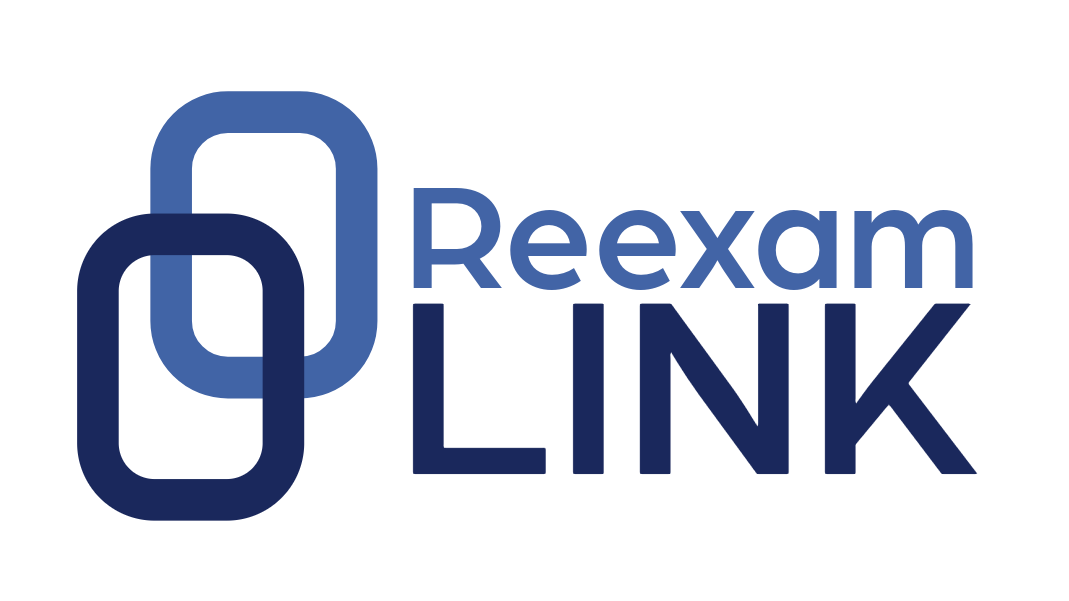In the world of patent law, equity sometimes feels like a one-way street. For patent owners enforcing their rights in court, the defense of laches—essentially, “you waited too long”—has been significantly curtailed, thanks to a recent Supreme Court decision. Yet, when it comes to challenging those same patents at the Patent Trial and Appeal Board (PTAB), a new doctrine is emerging that punishes petitioners for delays in challenging patents. This “settled expectations” doctrine, pronounced by the USPTO in 2025, introduces a laches-like barrier to inter partes review (IPR) petitions, creating a stark asymmetry in how time and reliance are treated in the patent system between patent owners and patent challengers. As we approach the end of 2025, this tension raises questions about fairness, adherence to statutory law, and the balance between patent enforcement and invalidation.
The Demise of Laches in Patent Infringement Damages Cases
To understand the irony, let’s start with laches in the context of patent infringement. Laches is an equitable defense rooted in the idea that if a plaintiff unreasonably delays in asserting their rights, causing prejudice to the defendant, the claim should be barred. For decades, accused infringers could invoke laches to block patent owners from recovering damages, even within the six-year statute of limitations under 35 U.S.C. § 286.
That changed in 2017 with the Supreme Court’s decision in SCA Hygiene Products Aktiebolag v. First Quality Baby Products, LLC, 580 U.S. 328 (2017) (https://www.supremecourt.gov/opinions/16pdf/15-927_6j37.pdf). In a 7-1 ruling, the Court held that laches cannot bar legal damages for infringement occurring within the six-year limitations period. Drawing on its earlier copyright decision in Petrella v. Metro-Goldwyn-Mayer, Inc., 572 U.S. 663 (2014), the justices emphasized that Congress had already addressed delay through the statutory cap on damages, making an additional equitable bar redundant and contrary to separation of powers. Laches, the Court stated, might still apply to equitable remedies like injunctions in “extraordinary circumstances,” but it no longer serves as a broad shield against timely damage claims.
The Rise of “Settled Expectations” at the PTAB
Fast-forward to 2025, and the USPTO’s Patent Trial and Appeal Board (PTAB) is charting a different course. Under Acting Director Coke Morgan Stewart, the agency introduced the “settled expectations” doctrine as a key factor in discretionary denials of IPR petitions. Memorialized in a March 2025 interim process memorandum, this doctrine treats the age of a patent as an important factor: the longer a patent has been in force, the stronger the presumption that expectations have “settled” for patent owners, licensees, and the public.
Recent decisions illustrate its application. In iRhythm Technologies, Inc. v. Welch Allyn, Inc., IPR2025-00363, Paper 10 (PTAB June 6, 2025) (https://ptacts.uspto.gov/ptacts/public-informations/petitions/1557158/download-documents?artifactId=31p3NmVmUppZl0QQeQqY_6290MdWhBAjdY1MokRk4AOOZ72c5TWhgsQ), the PTAB denied institution for a 2012 patent, citing the petitioner’s early awareness and the patent’s longevity. Similarly, in Dabico Airport Solutions AB v. AXA Power APS, IPR2025-00408, Paper 21 (PTAB June 18, 2025) (https://ptacts.uspto.gov/ptacts/public-informations/petitions/1557209/download-documents?artifactId=RWSzCb0uywuNcLD0Nj-O8CuaX8zdiu71Dx_tjRrYW8Mc2iOSaqFrEoE), an 8-year-old patent was deemed to have created settled expectations. “[A]ctual notice of a patent or of possible infringement is not necessary to create settled expectations.” Id. at 3.
The Inconsistency: Delay Hurts One Side More than the Other
Here’s where the “for thee, but not for patentee” comes in. While SCA Hygiene diminished delay to prioritize statutory timelines and avoid judicial overreach benefiting patentees for legal damages, the settled expectations doctrine resurrects delay as a factor against patent challengers. Both doctrines value reliance: laches protects defendants from prejudice due to delay, and settled expectations safeguards patent owners from late disruptions. Yet, the inconsistencies are glaring.
First, on adherence to statute: SCA Hygiene insists that Congress’s time limits (like § 286) preclude delay as bar to legal damages within the statutory time limits, promoting predictability. In contrast, settled expectations adds an extra-statutory layer to 35 U.S.C. § 314(a)’s broad discretion, effectively creating a de facto time bar for IPRs before the one-year bar of § 315(b). Petitioners argue this violates the America Invents Act’s intent for accessible validity reviews. Patent Owners argue that the Acting Director has the ultimate discretion under 35 U.S.C. § 314(a) to not institute any inter partes review, and that the Director’s decision is not appealable under 35 U.S.C. § 315(d).
Second, treatment of delay: The Supreme Court rejected delay alone as a bar to pursuit of legal damages, recognizing legitimate reasons for waiting. On the other hand, settled expectations punishes patent challenges based on patent age, without so much as actual notice, imposing an additional burden on petitioners to argue timeliness of each petition.
Third, policy incentives: SCA Hygiene balances enforcement to foster innovation without over-penalizing patent owners. Settled expectations favors patent owners, forcing challengers into costlier and more difficult validity challenges in court.
Broader Implications for Stakeholders
This asymmetry could reshape patent strategy. Petitioners must now file IPRs earlier, possibly even preemptively, while owners of mature patents gain a shield, encouraging assertion of older rights. Denial rates have risen sharply in 2025, quadrupling in some quarters. Pending mandamus petitions, like in In re SAP America, Inc., No. 25-132 (Fed. Cir. filed June 16, 2025) (https://dockets.justia.com/docket/circuit-courts/cafc/25-132), challenge the doctrine’s retroactivity and rule-of-law violations. If the Federal Circuit intervenes, it might align PTAB practices with SCA Hygiene’s preservation of statutory limits.
Conclusion: Toward Settled Consistency
SCA Hygiene freed patent owners from laches’ grip for legal damages within the statutory time limit, but the settled expectations doctrine potentially penalizes petitioners for delays even for petitions filed well before the statutory time bar. Policymakers and courts must reconcile these approaches—perhaps through clearer USPTO guidance or legislative fixes—to ensure fairness for all patent stakeholders. Until then, the unsettled expectations doctrine remains a potent reminder for petitioners/accused infringers: laches for thee, but not for patentee.

Leave a Reply